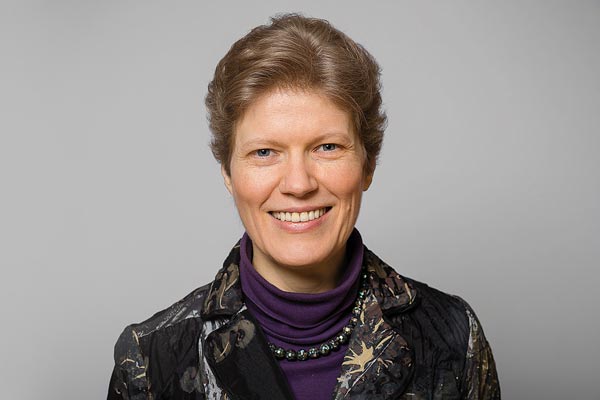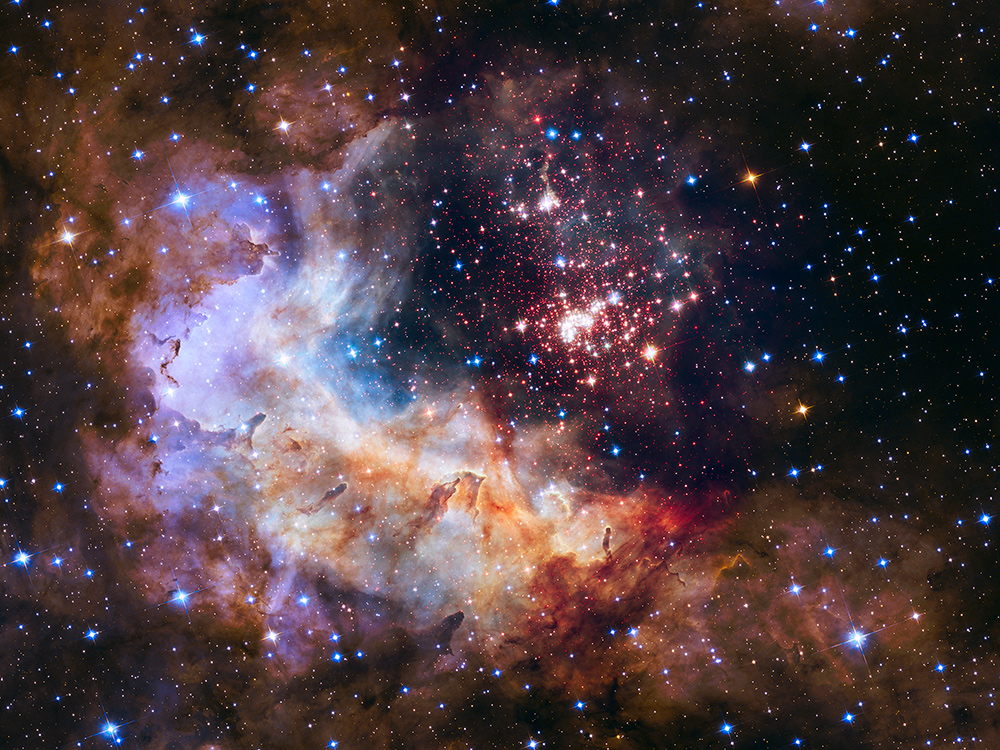Steps Towards Solving the Enigma of Multiple Populations in Star Clusters
Abhinna Sundar Samantaray – Hector Fellow Eva Grebel
Star clusters used to be considered to consist of stars that all formed simultaneously and with the same elemental abundances. The surprising discovery that these clusters contain multiple populations with characteristic abundance inhomogeneities remains an enigma. I will investigate whether rotational mixing is a plausible culprit, using massive emission-line stars as tracers of rapid rotation. Also, I will assess the validity of certain light elements as signatures of multiple populations.
Star formation in galaxies occurs through the collapse of giant gas clouds and typically leads to star clusters. For decades, these clusters were believed to consist of stars that all formed simultaneously and with the same elemental abundances. The discovery that such clusters contain multiple stellar populations with characteristic light element abundance anticorrelations and possibly age variations came as a surprise. Despite intense efforts and a multitude of theories, the origin of multiple populations remains a major unsolved problem in astronomy.
One of the proposed culprits is rotationally induced mixing in stars. I will explore this possibility by conducting a survey of young star clusters using massive emission-line stars, so-called Be stars, as tracers of rapid stellar rotation and of nitrogen (N) enhancement. This first part of my thesis will be mainly based on a proprietary multi-wavelength survey of a companion galaxy of the Milky Way, the Small Magellanic Cloud.
In fact, N enrichment is one of the widely used indicators of multiple populations since it is easily measurable spectroscopically, but it might also have other origins. In the second part of my thesis, I will therefore assess the validity of this tracer in comparison with other light elements that exhibit variations using novel proprietary spectroscopic surveys.
Example of a star-forming region with a young star cluster: Westerlund 2, aged 1–2 million years, located in the constellation Carina.

Abhinna Sundar Samantaray
Heidelberg UniversitySupervised by

Eva Grebel
PhysicsHector Fellow since 2014


